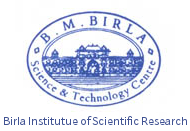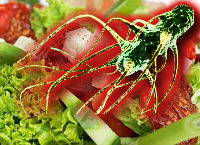Food Source
Instances of spoilage are rare, but growth, and toxin production, are likely to be a common occurrence.P. citrinum is a ubiquitous fungus, and has been isolated from nearly every kind of food surveyed for fungi. The most common sources are milled grains and flour, and whole cereals, expecially rice, wheat and corn (Pitt and Hocking, 1985a). Instances of spoilage are rare, but growth, and toxin production, are likely to be a common occurrence.








